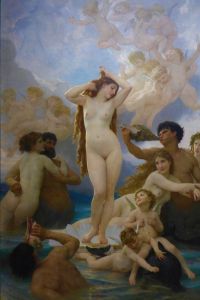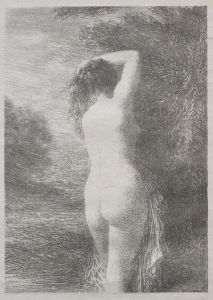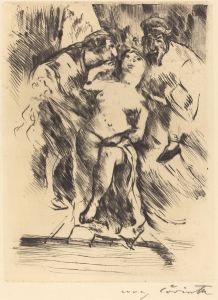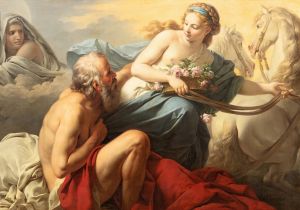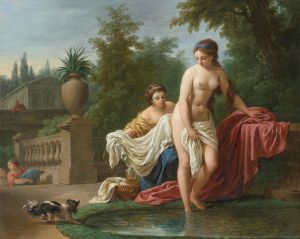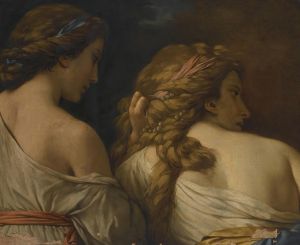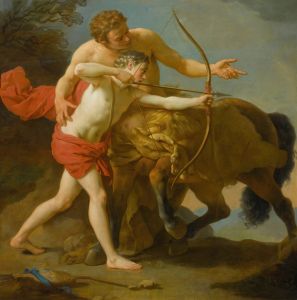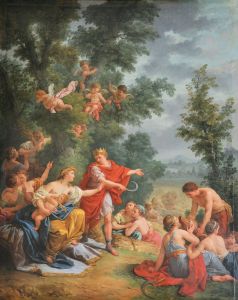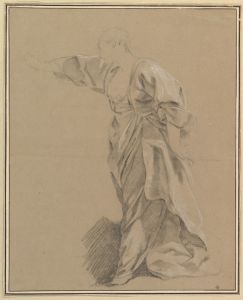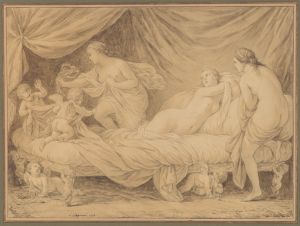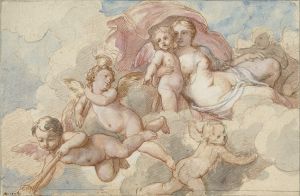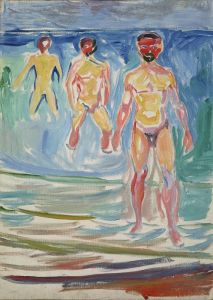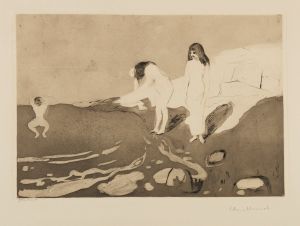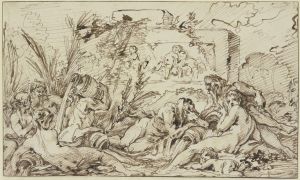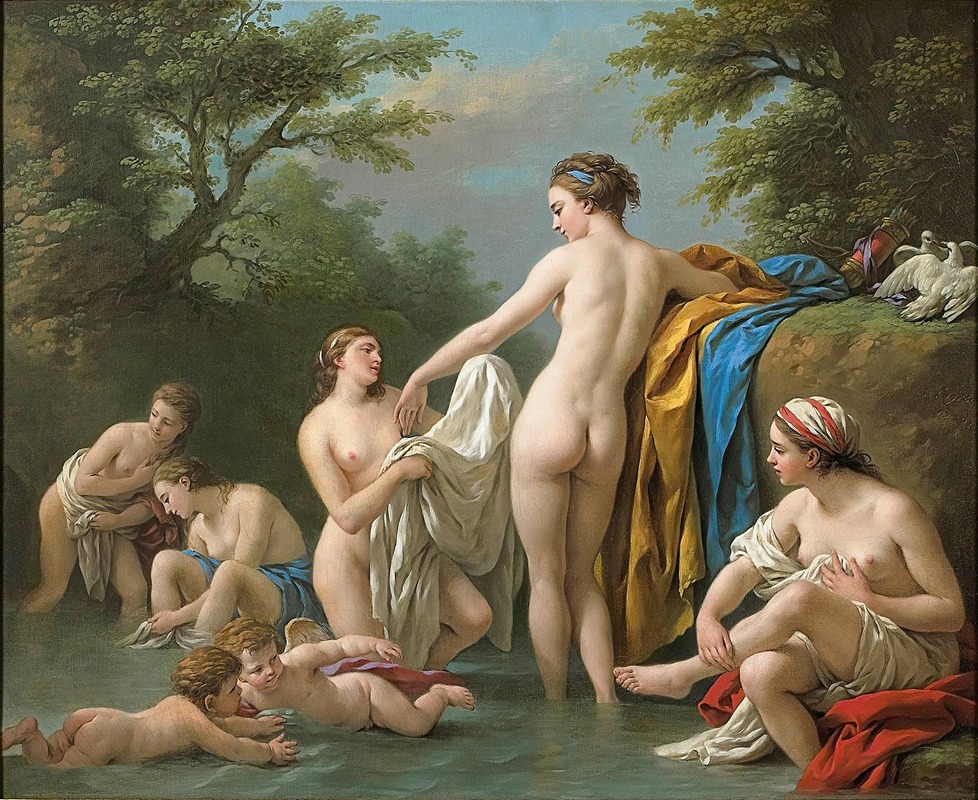
Venus and Nymphs Bathing
A hand-painted replica of Louis-Jean-François Lagrenée’s masterpiece Venus and Nymphs Bathing, meticulously crafted by professional artists to capture the true essence of the original. Each piece is created with museum-quality canvas and rare mineral pigments, carefully painted by experienced artists with delicate brushstrokes and rich, layered colors to perfectly recreate the texture of the original artwork. Unlike machine-printed reproductions, this hand-painted version brings the painting to life, infused with the artist’s emotions and skill in every stroke. Whether for personal collection or home decoration, it instantly elevates the artistic atmosphere of any space.
"Venus and Nymphs Bathing" is a painting by the French artist Louis-Jean-François Lagrenée, who was an influential figure in the Rococo and Neoclassical art movements of the 18th century. Born in Paris in 1725, Lagrenée was a student of Carle Van Loo and became known for his historical and mythological subjects, which often featured graceful figures and delicate compositions.
The painting "Venus and Nymphs Bathing" depicts the Roman goddess Venus, the embodiment of love and beauty, accompanied by a group of nymphs, who are minor deities associated with nature. The scene captures a moment of serene beauty and tranquility, as the figures are engaged in the act of bathing. This subject matter is typical of Rococo art, which often focused on themes of love, nature, and mythology, presented in an elegant and decorative manner.
Lagrenée's work is characterized by its refined technique and harmonious composition. In "Venus and Nymphs Bathing," he employs soft, pastel colors and delicate brushstrokes to create a sense of lightness and fluidity. The figures are arranged in a balanced and graceful manner, with Venus at the center, drawing the viewer's eye. The nymphs are depicted in various poses, some standing, some seated, and others reclining, which adds a dynamic quality to the composition.
The painting reflects the influence of both Rococo and Neoclassical styles. While the subject matter and the emphasis on beauty and sensuality are hallmarks of Rococo art, the clarity of form and the idealized figures show the emerging influence of Neoclassicism, which Lagrenée would later fully embrace. This blend of styles is indicative of the transitional period in which Lagrenée was working.
Louis-Jean-François Lagrenée enjoyed a successful career, receiving numerous commissions and accolades. He was appointed a professor at the Académie Royale de Peinture et de Sculpture in 1760 and later became the director of the French Academy in Rome. His works were highly regarded by his contemporaries, and he played a significant role in the development of French art during his lifetime.
"Venus and Nymphs Bathing" is an excellent example of Lagrenée's skill in rendering the human form and his ability to convey a sense of elegance and grace. The painting remains a testament to his talent and his contribution to the art of the 18th century. Today, Lagrenée's works can be found in various museums and collections around the world, where they continue to be appreciated for their beauty and artistic merit.





